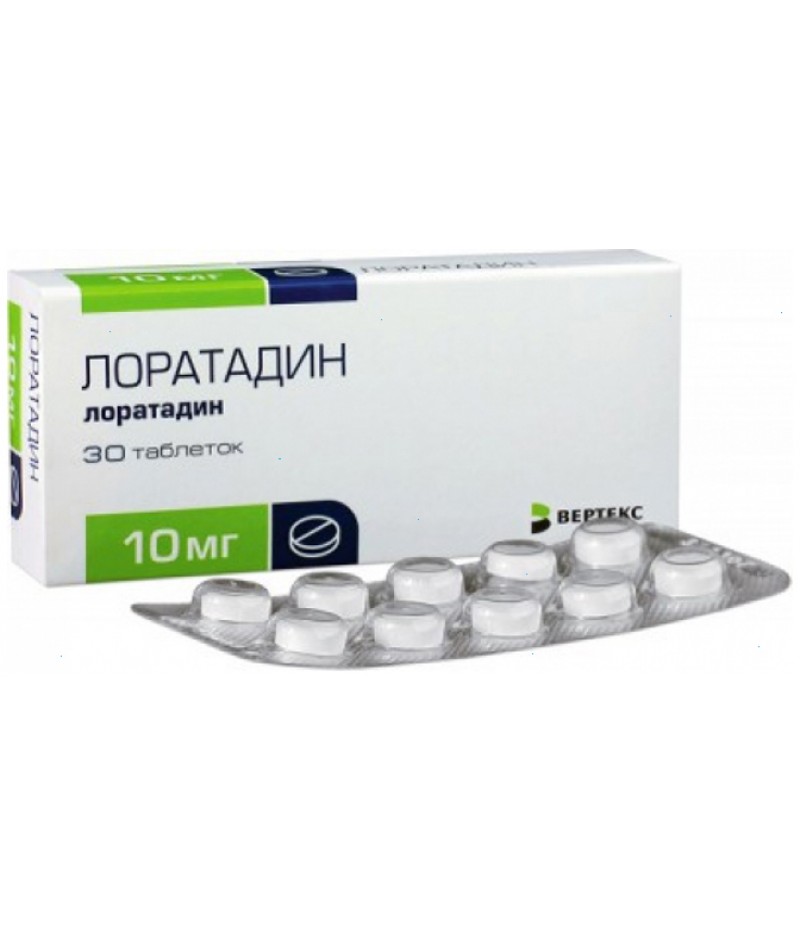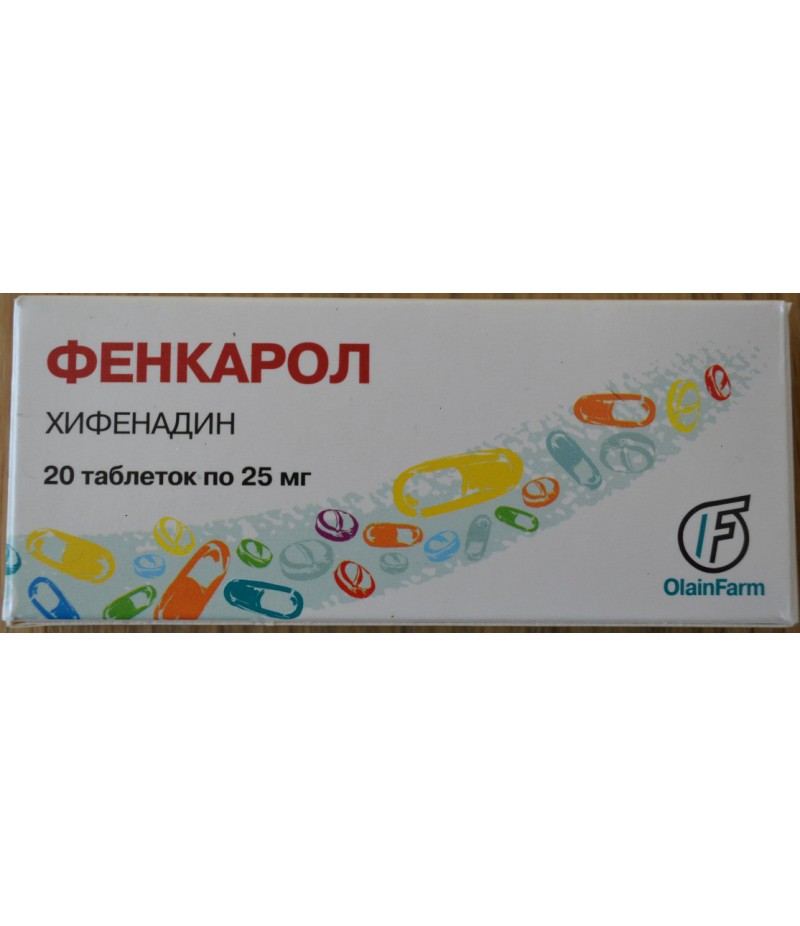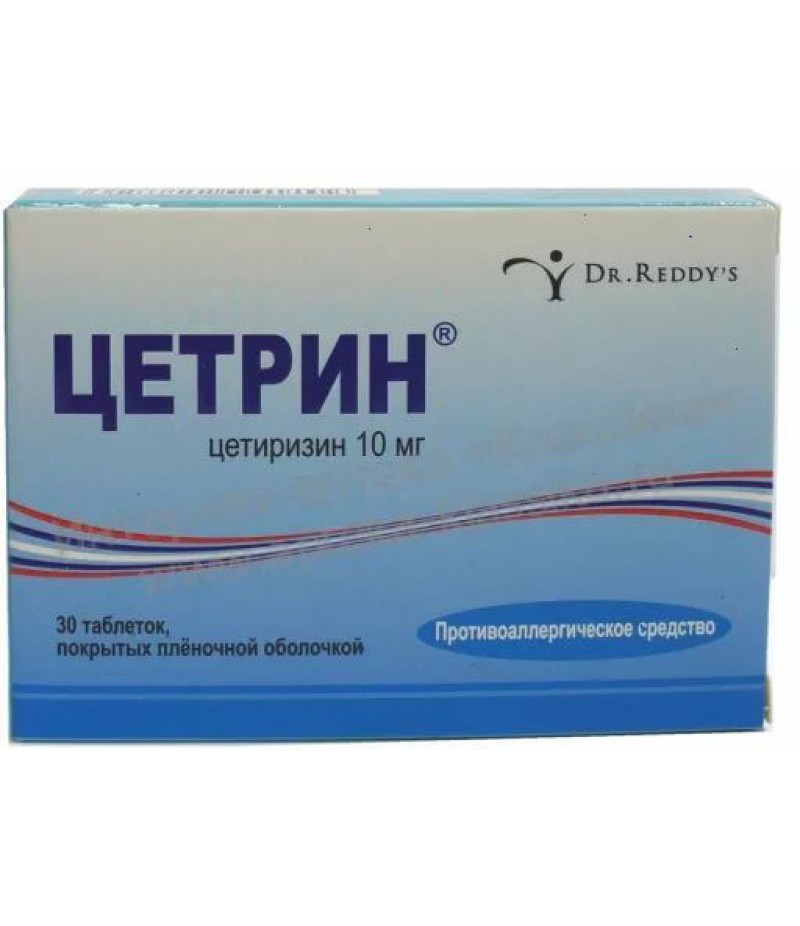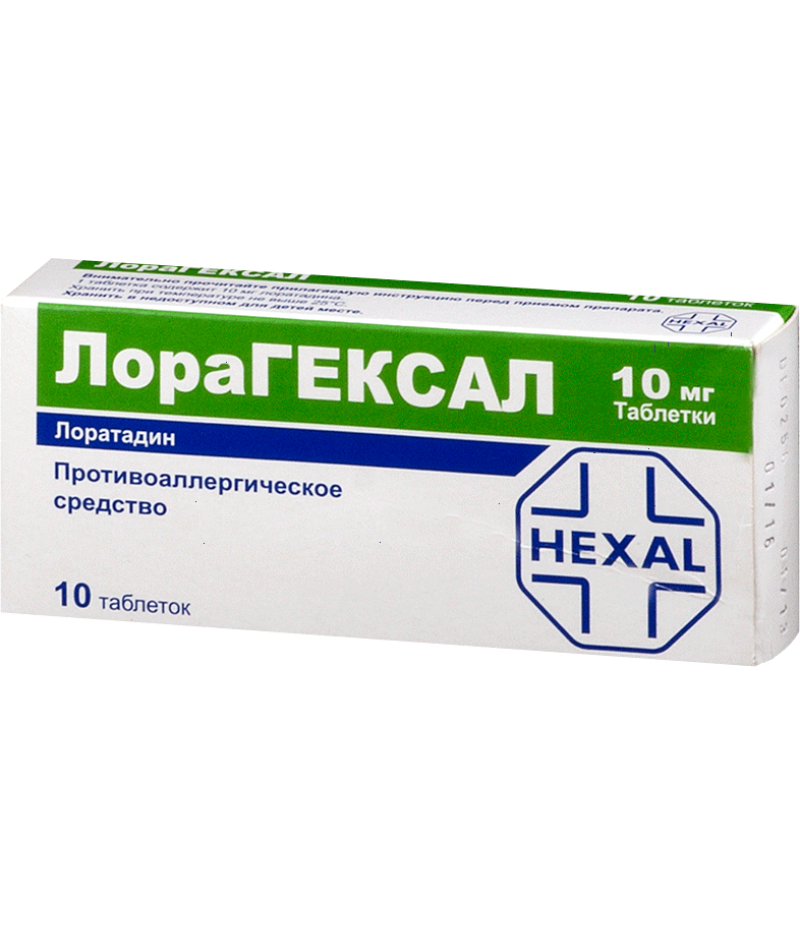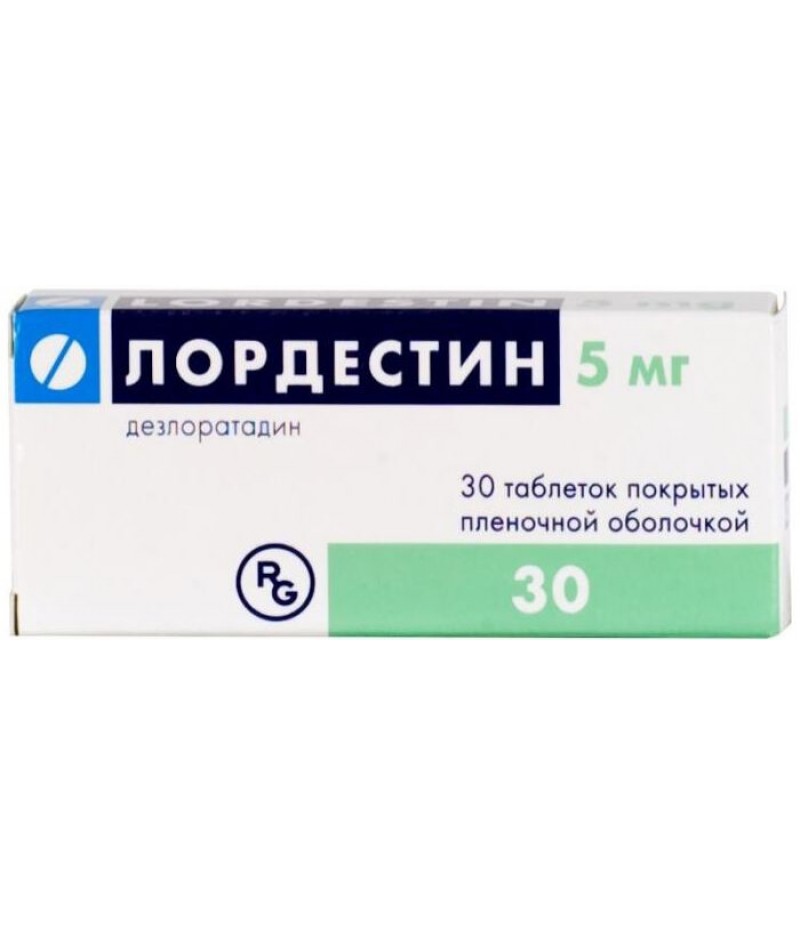Loratadine tabs 10mg #30
- $4.99
- Availability:In Stock
Loratadine instuction for useYou can buy Loratadine tabs herepharmachologic effectThe blocker of histamine H1 receptors. Has antiallergic, antipruritic, antiexudative action. Reduces the permeability of capillaries, prevents the d..
Tags: tabs
Loratadine instuction for use
You can buy Loratadine tabs here
pharmachologic effect
The blocker of histamine H1 receptors. Has antiallergic, antipruritic, antiexudative action. Reduces the permeability of capillaries, prevents the development of
edema of tissues, reduces the increased contractile activity of smooth
muscles, due to the action of histamine.
Pharmacokinetics
When
administered orally at a therapeutic dose, loratadine is rapidly
absorbed from the gastrointestinal tract and almost completely
metabolized in the body. Cmax loratadine in plasma is achieved after 1-1.3 h, the main active metabolite, descarbotoxyloratadine, - after about 2.5 h.
With simultaneous intake of food, the bioavailability of loratadine
and descarbonethoxyloratadine increases by approximately 40% and 15%,
respectively, the time to reach Cmax increased by about 1 hour, its
values for these substances remained unchanged.
The binding with plasma proteins of loratadine is high - about 98%, active metabolite - less pronounced.
On the average, T1 / 2 loratadine is 8.4 h, descarbethoxytoloratadine is 28 h (8.8-92 h).
About
80% of loratadine is excreted in the form of metabolites with urine and
feces in equal proportions for 10 days, about 27% - with urine during
the first day.
Indications
Seasonal and all-the-year-round allergic rhinitis, conjunctivitis, acute urticaria and Quincke's edema, symptoms of histaminergia caused by the use of histaminoliberates (pseudoallergic syndromes), allergic reactions to insect bites, complex treatment of itching dermatoses (contact allergic dermatitis, chronic eczema).
Contraindications
Pregnancy, lactation, children under 2 years, hypersensitivity to loratadin.
Dosage
Inside adults and children over 12 years of age, as well as with a body weight of more than 30 kg - 10 mg 1 time / day.
Children from 2 to 12 years with a body weight of less than 30 kg - 5 mg 1 time / day.
Side effects
On the part of the digestive system: rarely - dry mouth, nausea, vomiting, gastritis; in some cases - violations of the liver.
From the side of the central nervous system: rarely - increased fatigue, headache, excitability (in children).
From the cardiovascular system: rarely - tachycardia.
Allergic reactions: rarely - skin rash; in isolated cases - anaphylactic reactions.
Dermatological reactions: in some cases - alopecia.
Drug Interactions
With
the simultaneous use of loratadine with drugs that inhibit the
isoenzymes CYP3A4 and CYP2D6 or are metabolized in the liver with their
participation (including cimetidine, erythromycin, ketoconazole,
quinidine, fluconazole, fluoxetine), it is possible to change the
concentration in blood plasma of loratadine and / or these preparations.
Inducers of microsomal oxidation (phenytoin, ethanol, barbiturates,
zixorin, rifampicin, phenylbutazone, tricyclic antidepressants) reduce
effectiveness.
special instructions
The use of loratadine can not completely exclude the development of seizures, especially in predisposed patients.
Patients with impaired renal or hepatic function require a correction of the dosing regimen.
Pregnancy and lactemia
Loratadine should not be used during pregnancy and lactation.
In
experimental studies on animals, loratadine did not adversely affect
the fetus in medium doses, and some fetotoxic effects were observed at
high doses.
Application in childhood
Contraindicated in children up to 2 years.
In case of violations of kidney function
Patients with impaired renal or hepatic function require a correction of the dosing regimen.
With violations of liver function
Patients with impaired renal or hepatic function require a correction of the dosing regimen.

